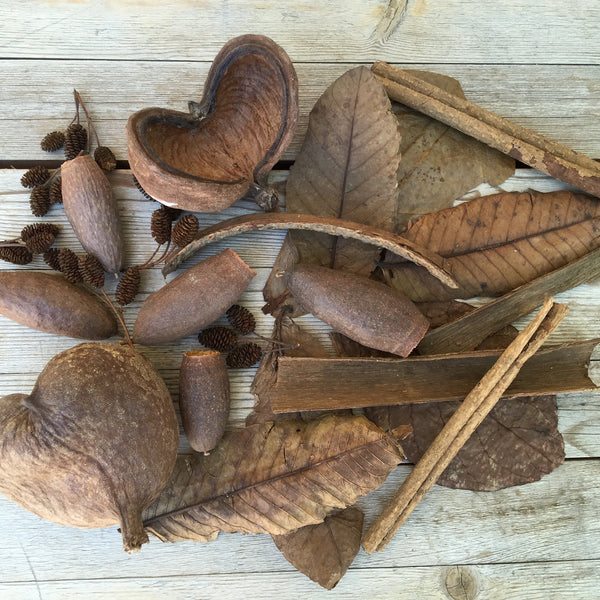- Continue Shopping
- Your Cart is Empty
More thoughts on the sheltered world...
Today is one of those days where I'm sort of overwhelmed by the number of tasks at hand, so I anted to at least get out a quick idea that's been on my mind before things get too crazy!
I'm fascinated by the idea of biological diversity and variety in aquariums, and I think that the idea of utilizing botanical materials as we do certainly creates diversity in terms of "enrichment" of the aquatic habitat, and for providing a "substrate" for breeding fishes and other organisms, ranging from fungi to aquatic crustaceans. I often postulate that a botanical "bed" in an aquarium functions much as a refugium does in a marine aquarium...yet the idea of perhaps setting up a freshwater refugium of sorts utilizing botanicals (or not) is still appealing to me.
Now, it's absolutely not a new idea in the freshwater world, but it is a relatively under-utilized one. We've talked about the idea here before...And it seems like it would make a lot of sense to utilize a refugium in a variety of freshwater scenarios. First, let's think about what a refugium is:
A refugium is a separate sump or aquarium attached to the main display, which allows you to keep organisms which would not normally survive in the main display aquarium, such as plants (in the case of herbivores), crustaceans, deep sand beds for identification (in a system with fishes who dig extensively), etc. A lot of hobbyists run the lighting on the refugium on a "reverse" schedule from the display, which keeps the pH more stable (as CO2 is consumed by plants and photosynthesizing animals in the case of a reef tank during the "daylight period" in the refugium).
Now, in the blackwater, botanical-style aquarium, I think a refugium would be very cool, because you could, for example, keep a "deep botanical bed" of materials in the refugium, fostering not only the growth of fungal and bacterial growth, but imparting the benefits of these materials into the water without the need to keep them in the display aquarium (for those who may not be fans of the aesthetic!).

Another possibility is utilizing a really deep bed of mud or other biosediments to foster not only the growth of aquatic plants, but to encourage denitrification and growth of animals such as worms and other aquatic crustaceans, which can take advantage of this habitat. This sort of ties in with my recent musings on substrates and utilizing alternative materials, like soils and such, within the botanical-style aquarium.

Yet another possible application for an upstream refugium in a botanical-style aquarium would be to experiment with one attached to a fry growout or rearing tank. The biologically rich refugium would be inoculated with all sorts of microorganisms (I"m thinking creatures like Paramecium, various "infusoria", rotifers, etc.), that would utilize the decomposing leaves and botanicals as a food source, and being "deposited" randomly via flow into the fry rearing tanks as a supplemental source of food. Not an exact science, or a primary feeding scheme, but one which might help support growth of small fishes, such as characins, Danios, Gouramis, etc. in early growout phases.

And of course, those are many, many other possible applications for a refugium, and I think we should all take a peek at the idea now and then! I just wanted to kind of keep the idea in the front of your mind...let's keep talking about it!
Back tomorrow with a more in-depth look at another interesting topic!
Stay excited. Stay engaged. Stay open-minded.
And Stay Wet!
Scott Fellman
Tannin Aquatics








Scott Fellman
Author